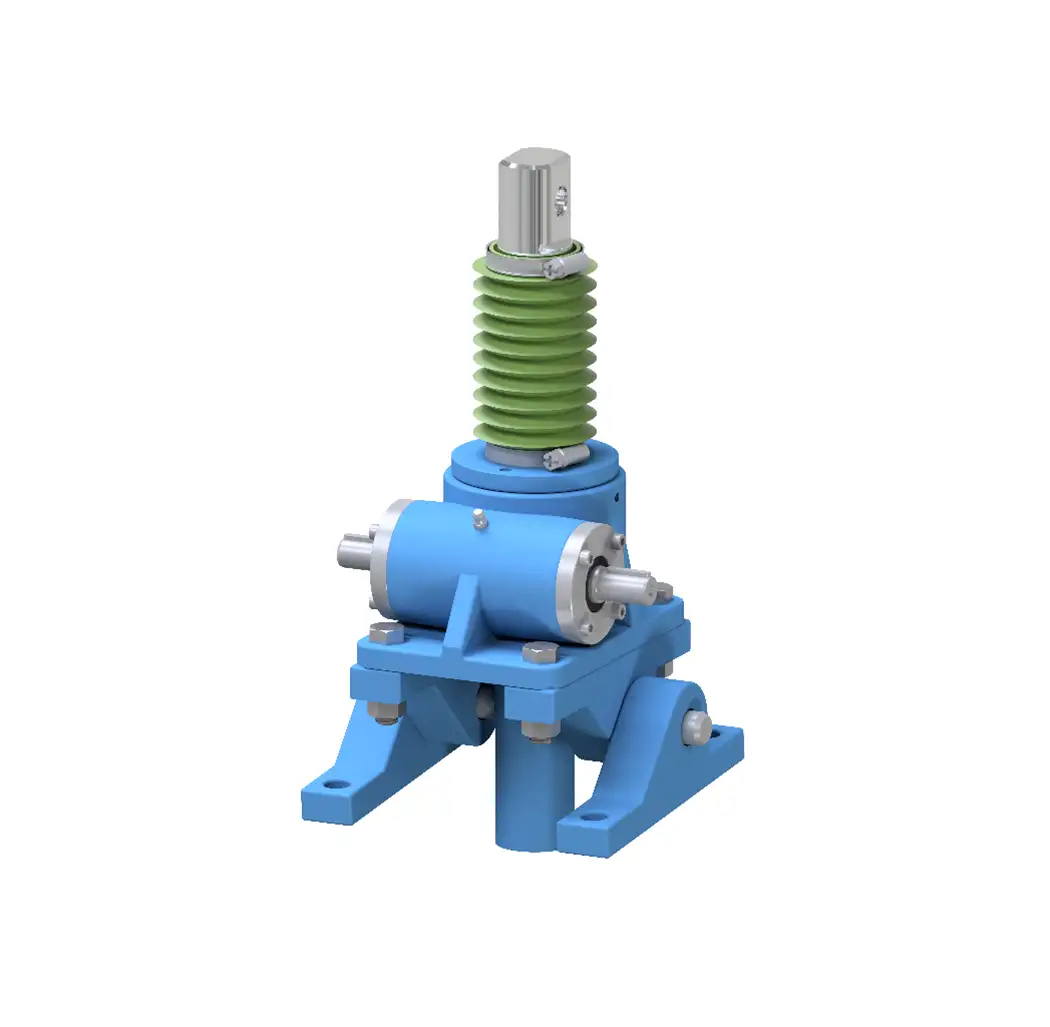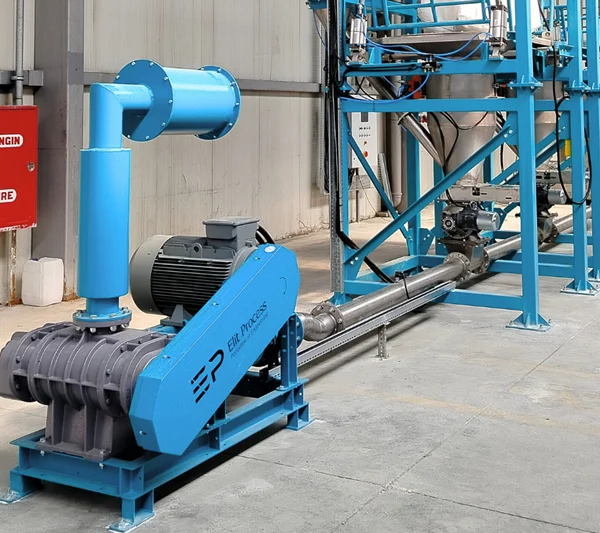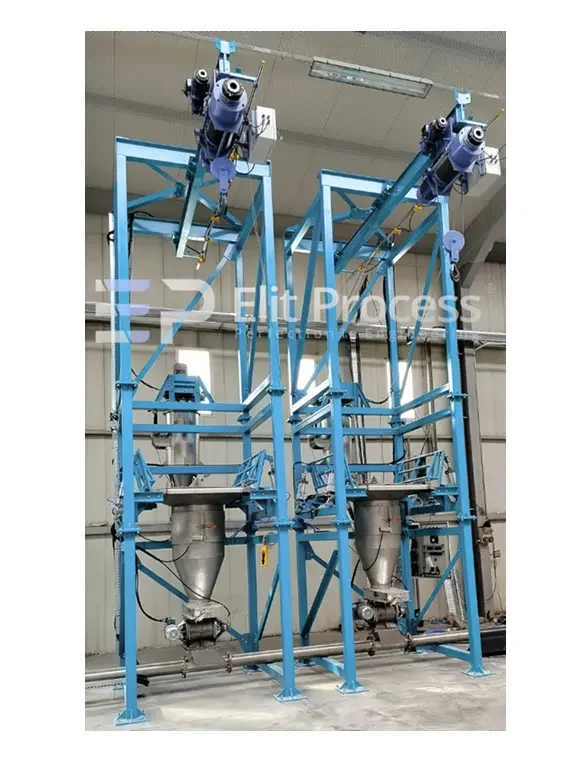Home Page
Translating Screw Jack
Translating Screw Jack
The basic components of the screw jack are; worm screw, worm gear, screw that provides linear movement and jack body. The worm gear rotates when the worm screw is turned by motor or hand. With the rotation of the worm gear, the screw inside moves linearly up or down. If the screw end connection is connected to a free load, the screw rotates circularly and moves up and down. If it is connected to a fixed load, the jack receives the movement from the reducer gear inside and the Trapezoid screw moves linearly only up and down. In other words, it serves the same function as the wedge type. Thanks to this feature, there is no need to open a keyway for the Trapezoid screw. The progress speed of the screw depends on the turning speed, the number of teeth of the gears and the screw pitch size.
| Product Information | |
|---|---|
| Screw Jack Selection: | Elit Process screw jacks pioneer many different industrial applications. Screw jack selections are made according to standard features or customer requests by considering the parameters presented by the need. Here, the environment and working conditions are taken into consideration. For screw jacks operating in very dusty and aggressive environments, screw bellows as well as screw protections are recommended. Elit Process and its engineers, who have 16 years of experience in this field, will determine the most efficient and correct screw jack for you. In addition to this experience, Elit Process, which has adopted the principle of responding to the special requests of our customers, also does its part in customer-specific manufacturing and supply. |
| Product Details | |
|---|---|
| Accessory Type: | Bellows, Housing (Protection), Pivot Base. |
| Flange Connection Type: | Plain, Clevis End, Flange End. |
| Please contact us for more information. |







